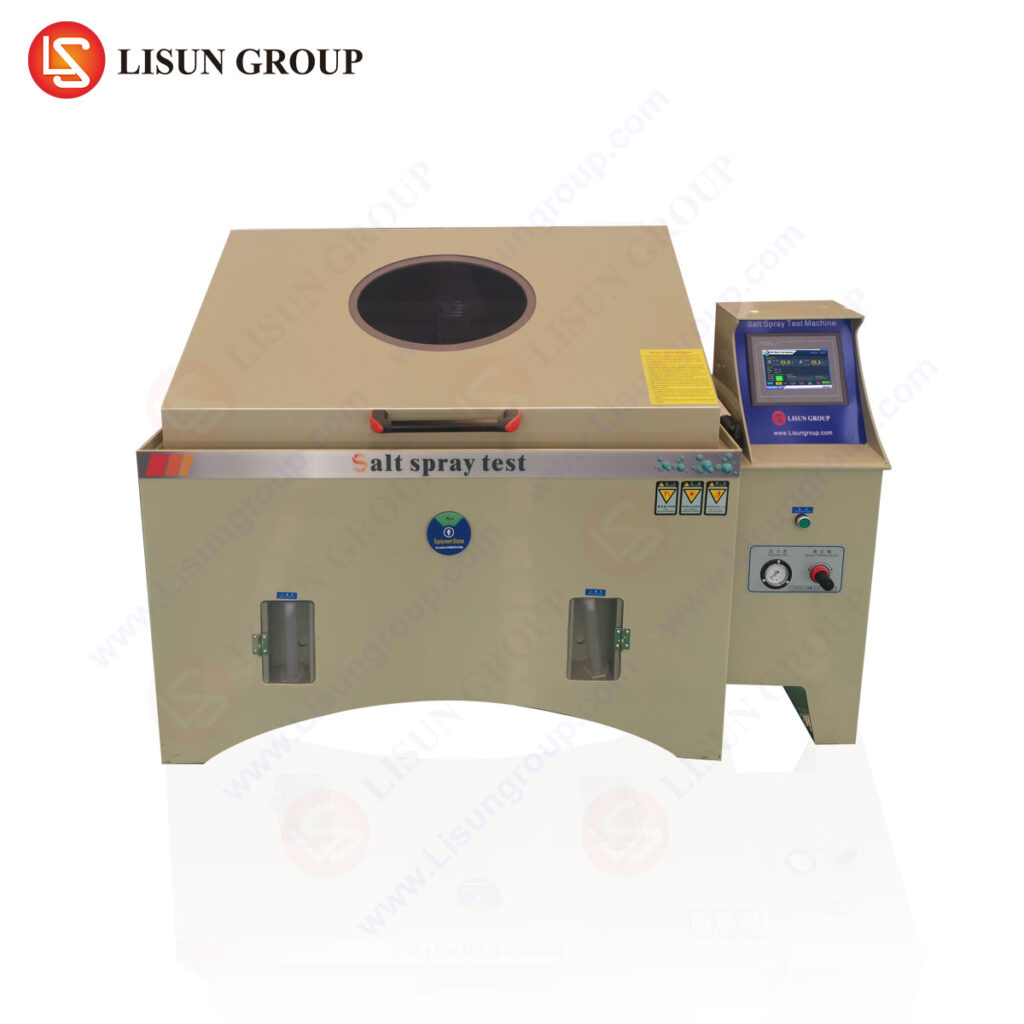Evaluating LED Durability with salt spray corrosion Testing
Introduction
LEDs are becoming increasingly popular in a variety of applications, from automotive electronics to mobile devices. As such, it is important to ensure that these LEDs are able to withstand the rigors of their environment. salt spray corrosion testing is one way to evaluate the durability of LEDs, as it can simulate the effects of salt water and other corrosive elements on the LED. This article will discuss the basics of salt spray corrosion testing and how it can be used to evaluate the durability of LEDs.
What is Salt Spray Corrosion Testing?
Salt spray corrosion testing is a type of accelerated corrosion testing that is used to evaluate the durability of materials in a corrosive environment. The test involves exposing the material to a salt spray, usually a solution of sodium chloride, for a specified period of time. The salt spray is then monitored for any signs of corrosion or degradation of the material. This type of testing is often used to evaluate the durability of LED drivers, mobile devices, and automotive electronics.
How Does Salt Spray Corrosion Testing Work?
Salt spray corrosion testing is typically conducted in a laboratory setting. The test involves exposing the material to a salt spray for a specified period of time. The salt spray is then monitored for any signs of corrosion or degradation of the material. The test can be used to evaluate the durability of LED drivers, mobile devices, and automotive electronics.
What Are the Benefits of Salt Spray Corrosion Testing?
Salt spray corrosion testing is a useful tool for evaluating the durability of LEDs. The test can simulate the effects of salt water and other corrosive elements on the LED, allowing manufacturers to determine the best materials and designs for their products. Additionally, the test can be used to evaluate the performance of LED drivers, mobile devices, and automotive electronics in a corrosive environment.
What Are the Limitations of Salt Spray Corrosion Testing?
Salt spray corrosion testing is not a perfect simulation of real-world conditions. The test does not take into account other environmental factors, such as temperature and humidity, which can affect the performance of the LED. Additionally, the test does not account for the effects of long-term exposure to salt water or other corrosive elements.
FAQs
Q: What is salt spray corrosion testing?
A: Salt spray corrosion testing is a type of accelerated corrosion testing that is used to evaluate the durability of materials in a corrosive environment. The test involves exposing the material to a salt spray, usually a solution of sodium chloride, for a specified period of time. The salt spray is then monitored for any signs of corrosion or degradation of the material.
Q: How is salt spray corrosion testing used?
A: Salt spray corrosion testing is often used to evaluate the durability of LED drivers, mobile devices, and automotive electronics. The test can simulate the effects of salt water and other corrosive elements on the LED, allowing manufacturers to determine the best materials and designs for their products.
Q: What are the limitations of salt spray corrosion testing?
A: Salt spray corrosion testing is not a perfect simulation of real-world conditions. The test does not take into account other environmental factors, such as temperature and humidity, which can affect the performance of the LED. Additionally, the test does not account for the effects of long-term exposure to salt water or other corrosive elements.
Conclusion
Salt spray corrosion testing is a useful tool for evaluating the durability of LEDs. The test can simulate the effects of salt water and other corrosive elements on the LED, allowing manufacturers to determine the best materials and designs for their products. Additionally, the test can be used to evaluate the performance of LED drivers, mobile devices, and automotive electronics in a corrosive environment. However, it is important to note that the test does not take into account other environmental factors, such as temperature and humidity, which can affect the performance of the LED.







